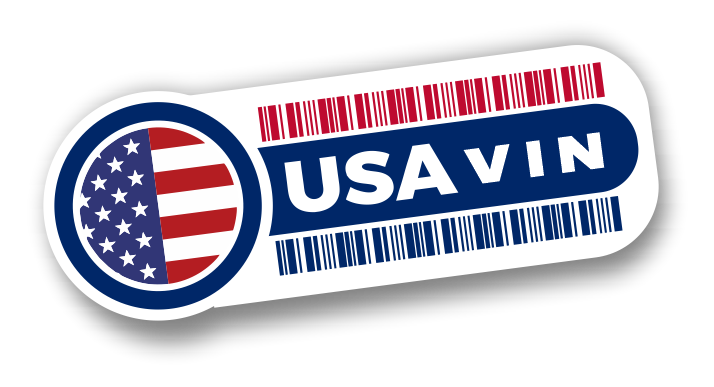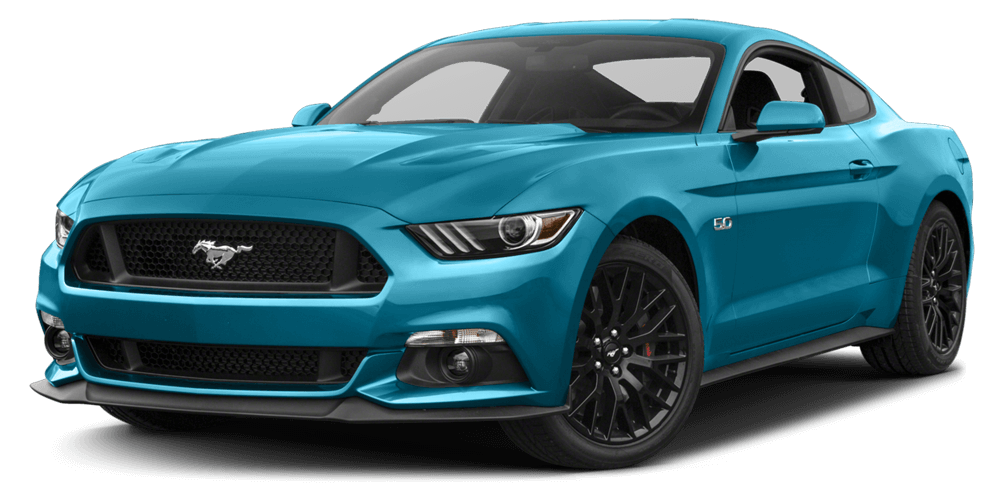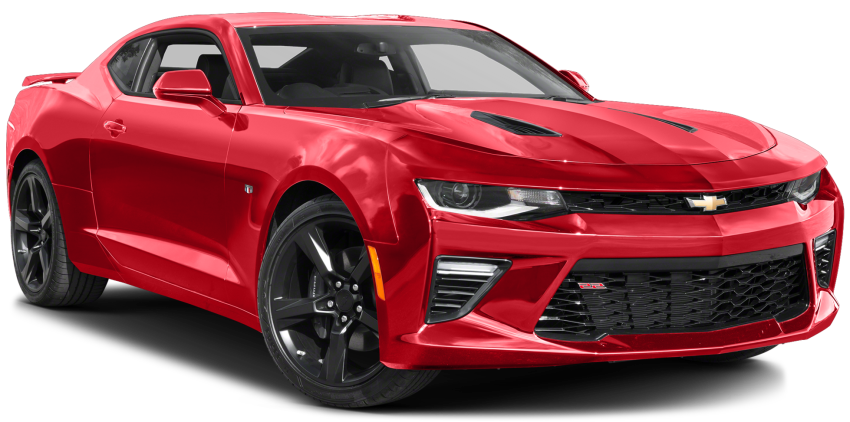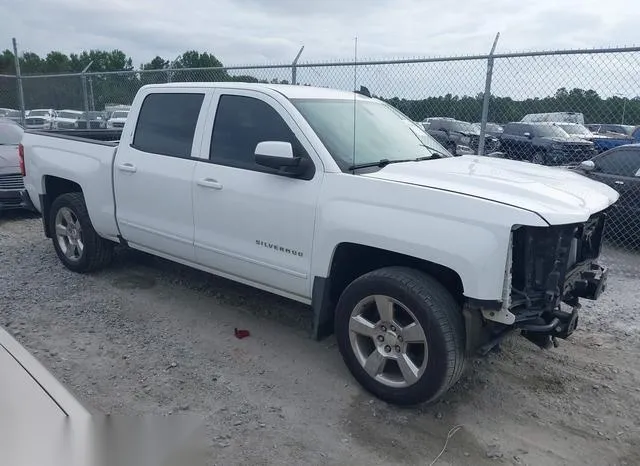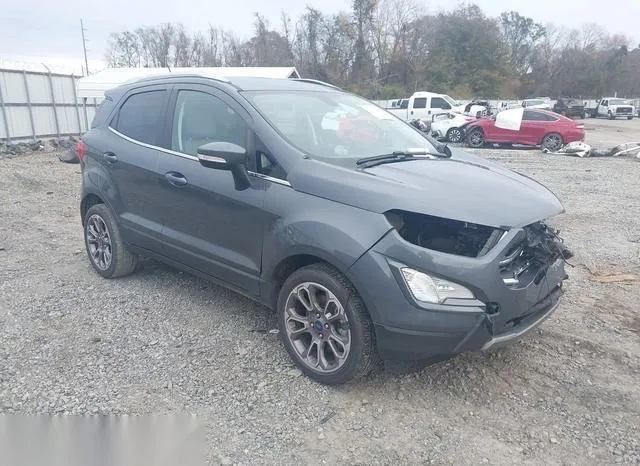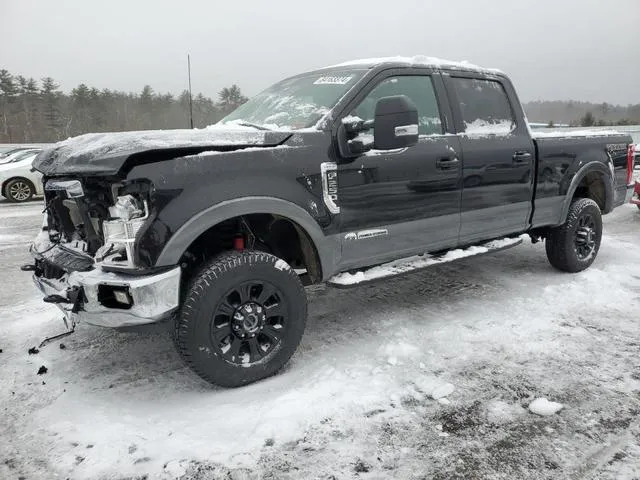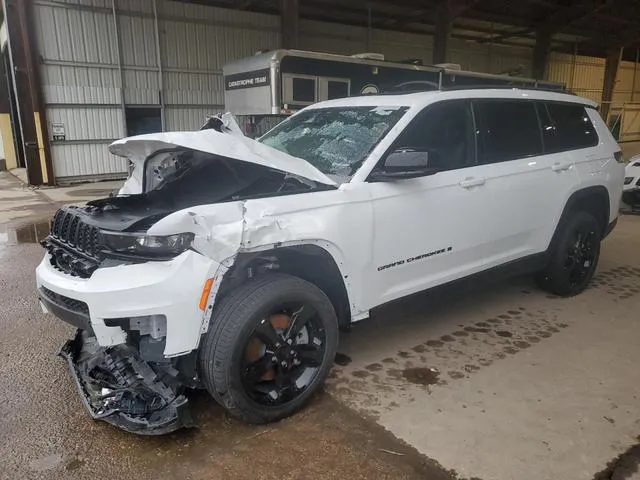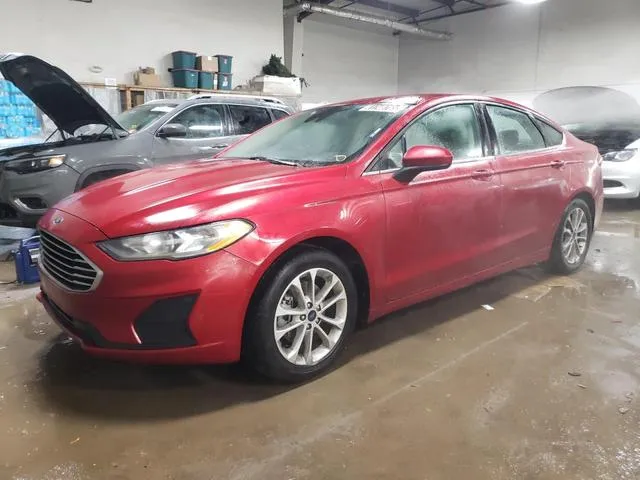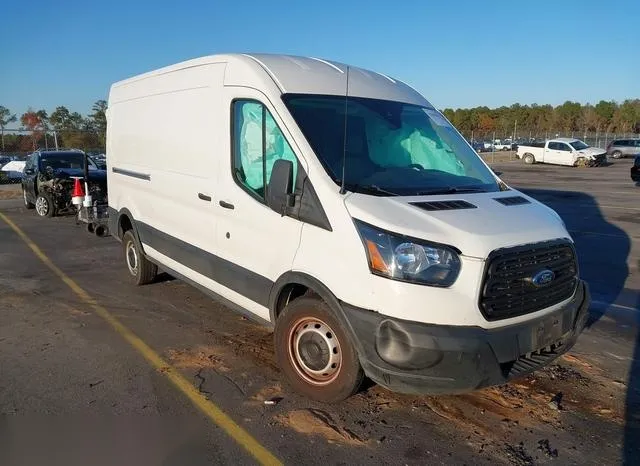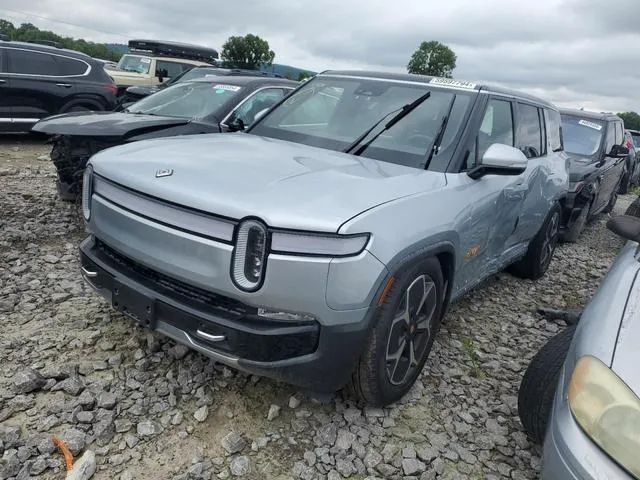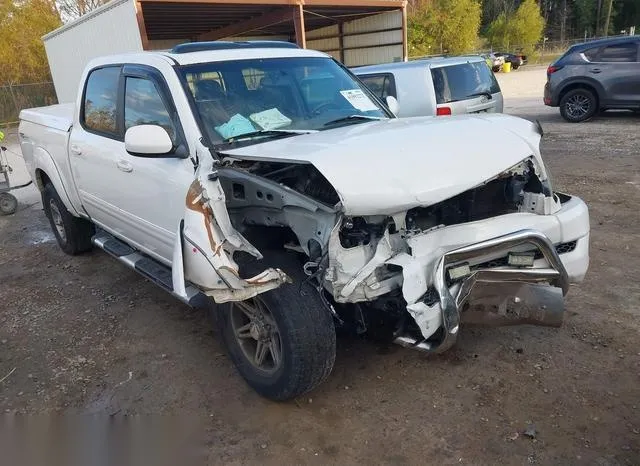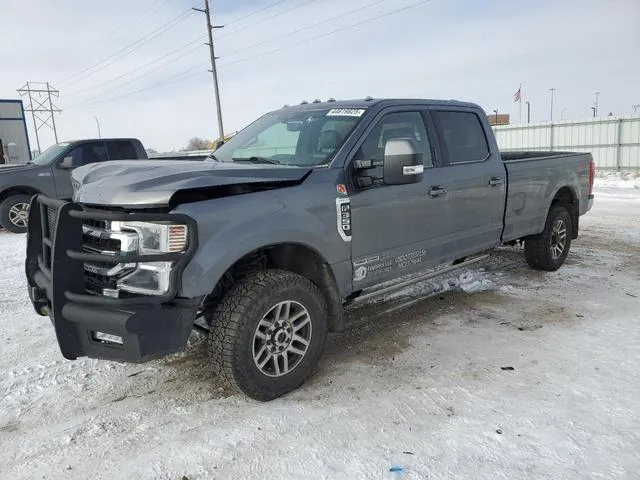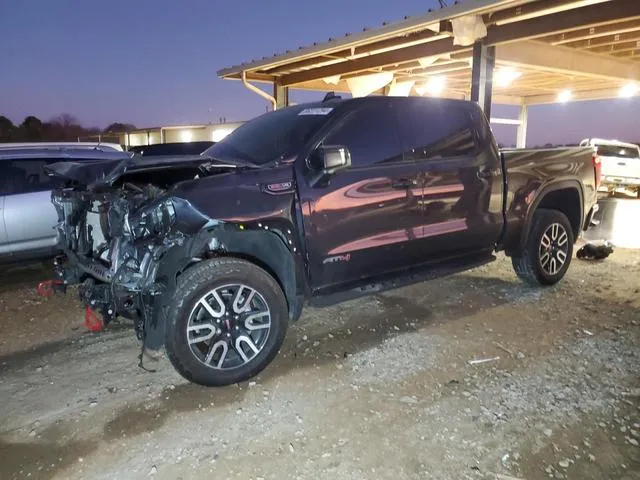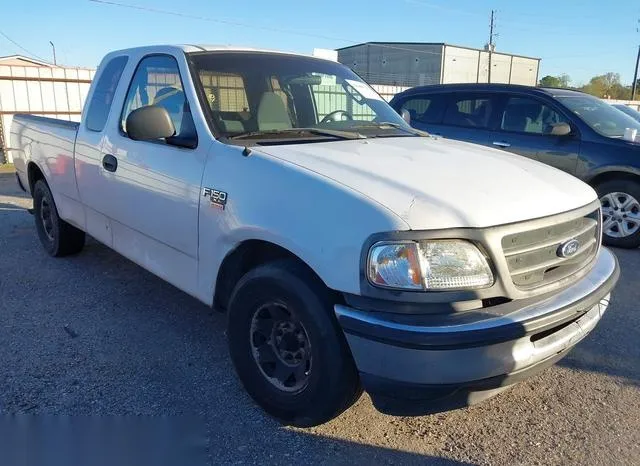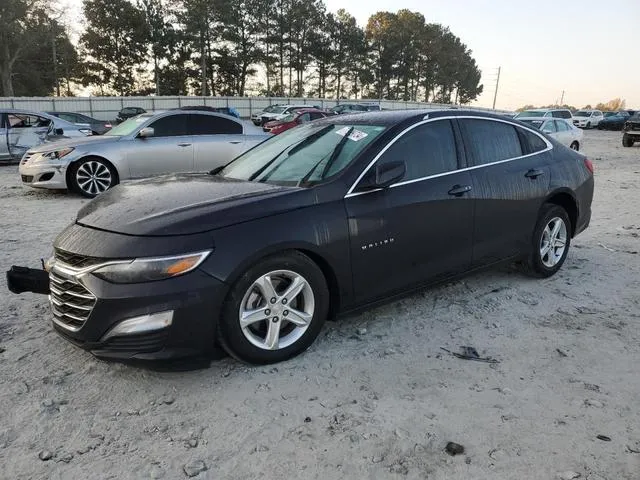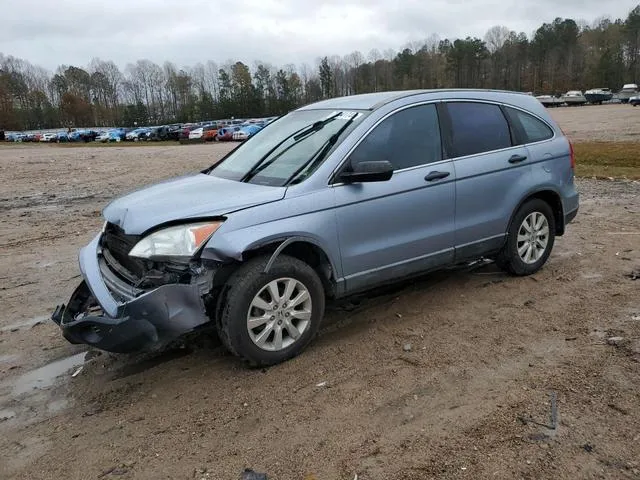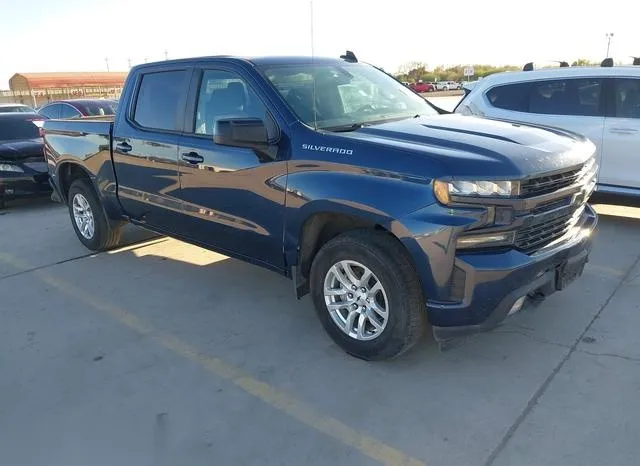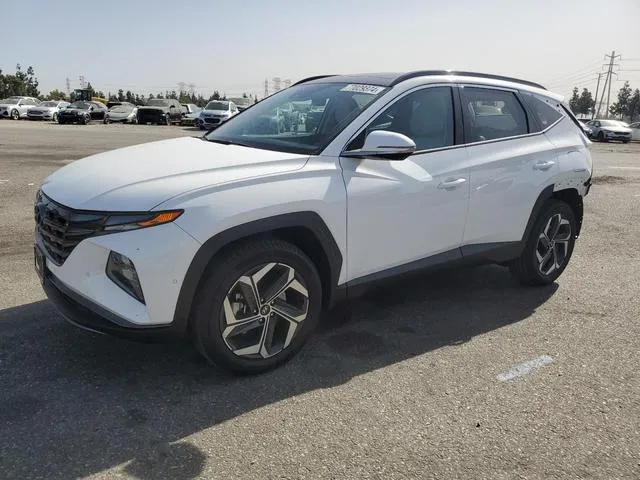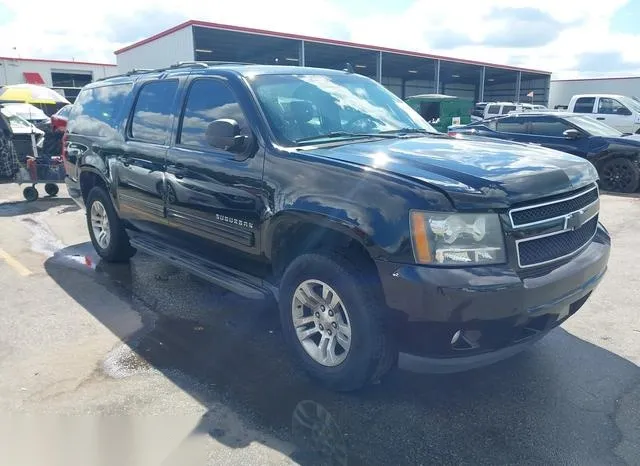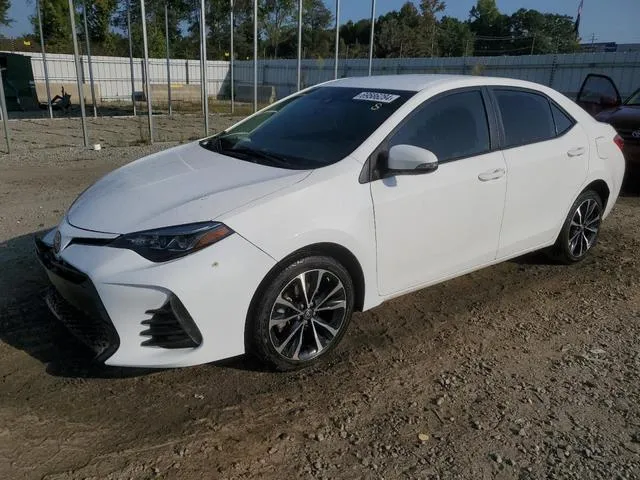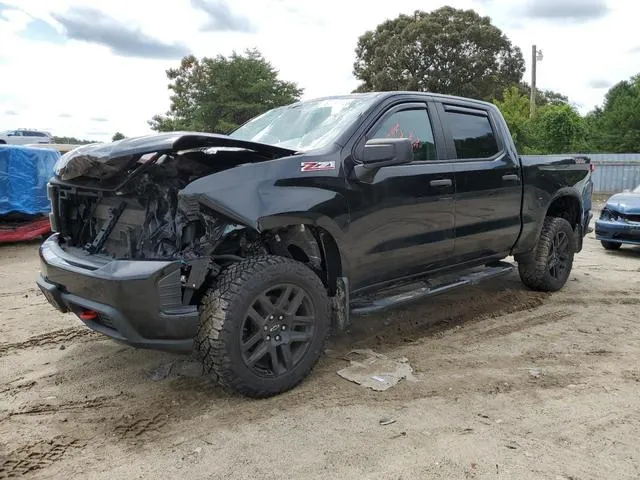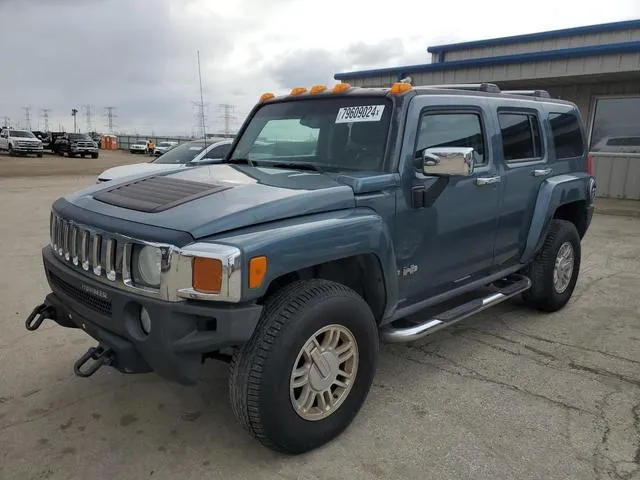American Motors Corporation (AMC): History, Models, and Production Timeline |
|
|---|---|
|
American Motors Corporation (AMC) was an American automobile manufacturer that existed from 1954 until 1987. Formed through the merger of Nash-Kelvinator Corporation and Hudson Motor Car Company, AMC became the largest independent automaker in the U.S. Known for its innovation, AMC produced a wide range of vehicles, from economy cars to muscle cars and 4x4s. Throughout its history, AMC positioned itself as an alternative to the Big Three (GM, Ford, and Chrysler), with unique designs and clever marketing. |
|
History of American Motors Corporation |
|
|
AMC was formed in 1954 by the merger of Nash-Kelvinator and Hudson, two automakers struggling to compete against the Big Three. Under the leadership of George W. Mason and later George Romney, AMC focused on producing compact cars that were fuel-efficient and affordable. This strategy paid off in the late 1950s with the success of the Rambler, which became AMC’s flagship model and helped the company achieve profitability. During the 1960s and 1970s, AMC expanded its lineup to include muscle cars, such as the Javelin and AMX, as well as off-road vehicles like the Jeep. The acquisition of the Jeep brand in 1970 was a turning point, as AMC became a leader in the four-wheel-drive market. However, financial difficulties in the late 1970s and early 1980s forced AMC to seek partnerships, eventually leading to its acquisition by Chrysler in 1987. |
|
American Motors Models: Production Dates and Descriptions |
|
| Model | Description |
AMC Rambler (1950 - 1969) |
The Rambler was AMC’s most successful model and played a crucial role in establishing the company as a legitimate competitor in the compact car market. First introduced in 1950 under the Nash brand, the Rambler became a standalone model in 1958 under AMC. Known for its affordability, fuel efficiency, and practicality, the Rambler appealed to budget-conscious buyers during the 1950s and 1960s. The Rambler line expanded over the years to include various body styles, such as sedans, station wagons, and convertibles. In 1969, the Rambler name was phased out as AMC began to focus more on larger, sportier cars. |
AMC Javelin (1968 - 1974) |
The AMC Javelin was a pony car introduced in 1968 to compete with the Ford Mustang and Chevrolet Camaro. With its aggressive styling, powerful V8 engines, and racing pedigree, the Javelin quickly became one of AMC’s most iconic models. It was available in a variety of trims, including the high-performance Javelin SST and Javelin AMX, which offered enhanced performance and sportier features. The Javelin also made a name for itself in motorsports, particularly in the Trans-Am racing series, where it competed against some of the most well-known muscle cars of the era. Despite its popularity, the Javelin was discontinued in 1974 due to changing market conditions and the rise of smaller, more fuel-efficient cars. |
AMC Gremlin (1970 - 1978) |
The AMC Gremlin was a subcompact car introduced in 1970 as a response to the growing demand for smaller, more economical cars. Known for its distinctive, boxy design and compact size, the Gremlin was one of the first American subcompacts and aimed to compete with imports like the Volkswagen Beetle and Datsun 510. Despite its quirky appearance, the Gremlin was a hit, offering a range of engines, from economical inline-sixes to a more powerful V8 option. It was also one of the more affordable cars on the market at the time, making it popular with younger buyers. The Gremlin was discontinued in 1978 as AMC introduced the more modern AMC Spirit. |
AMC Pacer (1975 - 1980) |
The AMC Pacer is one of the most recognizable cars in automotive history due to its unique, futuristic design. Introduced in 1975, the Pacer featured a wide, rounded body and large windows, giving it a distinctive "bubble" look. AMC marketed the Pacer as a small car with the interior space of a larger vehicle, making it appealing to drivers who wanted a spacious yet compact car. Despite its innovative design, the Pacer struggled with its heavy weight and relatively underpowered engines. While it gained a cult following and is often remembered fondly today, the Pacer was discontinued in 1980 after declining sales. |
AMC Hornet (1970 - 1977) |
The AMC Hornet was a compact car introduced in 1970 and was one of the company’s most versatile and long-lasting models. Available in various body styles, including a sedan, coupe, and station wagon, the Hornet was designed to be a practical, affordable car that could appeal to a wide range of buyers. The Hornet became the platform for several future AMC models, including the AMC Gremlin, AMC Concord, and even the four-wheel-drive AMC Eagle. The Hornet was praised for its reliability and low cost of ownership, and it remained in production until 1977. |
AMC Eagle (1979 - 1987) |
The AMC Eagle was a groundbreaking vehicle that combined the ruggedness of a four-wheel-drive SUV with the comfort and style of a passenger car. Introduced in 1979, the Eagle was one of the first crossover vehicles and was available in various body styles, including a wagon, sedan, and coupe. It featured AMC’s innovative four-wheel-drive system, which made it popular with drivers in regions with harsh weather conditions. The AMC Eagle is often credited with pioneering the crossover SUV segment, and its combination of versatility and capability helped it gain a loyal following. Production of the Eagle continued until 1987, the same year AMC was acquired by Chrysler. |
AMC AMX (1968 - 1970, 1978 - 1980) |
The AMC AMX was a two-seat sports car produced from 1968 to 1970. It was one of the few American cars of the era that offered a two-seat layout, positioning it as a competitor to the Chevrolet Corvette. The AMX was powered by a range of V8 engines and was known for its lightweight body and impressive performance. After a brief hiatus, the AMX name was revived in 1978 as a high-performance version of the AMC Concord and later the Spirit. While the new AMX didn’t achieve the same level of success as the original, it remains a beloved part of AMC’s muscle car legacy. |
AMC Matador (1971 - 1978) |
The AMC Matador was a mid-size car produced from 1971 to 1978, replacing the AMC Rebel. Available in various body styles, including a sedan, coupe, and station wagon, the Matador was designed to compete with the popular mid-size cars from GM, Ford, and Chrysler. The Matador became particularly famous for its role in NASCAR racing, where AMC-backed teams achieved several victories during the 1970s. A special "Matador Coupe" was introduced in 1974 with a distinctive fastback design, giving the model a sportier appearance. Production of the Matador ended in 1978 as AMC shifted its focus toward smaller, more fuel-efficient cars. |
AMC Concord (1978 - 1983) |
The AMC Concord was a compact car introduced in 1978 as a more luxurious replacement for the AMC Hornet. Available as a sedan, coupe, and station wagon, the Concord was designed to appeal to buyers looking for an affordable car with premium features. It featured a more refined interior, improved sound insulation, and smoother ride compared to its predecessor. The Concord was popular among buyers seeking comfort and value, and it remained in production until 1983. The platform was later used for the AMC Eagle, further extending its legacy. |
AMC Spirit (1979 - 1983) |
The AMC Spirit was a subcompact car introduced in 1979 as the replacement for the Gremlin. Available as a two-door sedan and a liftback, the Spirit was marketed as a fun, sporty economy car. It was powered by a range of four-cylinder and six-cylinder engines, offering decent performance for its size. The Spirit also served as the platform for the final iteration of the AMC AMX, which was a performance-oriented version of the Spirit. Production of the Spirit ended in 1983 as AMC continued to face financial difficulties and competition from other automakers. |
Jeep (AMC Ownership: 1970 - 1987) |
While Jeep was not originally an AMC brand, it became one of the company’s most important assets after AMC acquired it from Kaiser Motors in 1970. Under AMC’s ownership, Jeep expanded its lineup and solidified its reputation as the leader in four-wheel-drive vehicles. Models like the Jeep CJ, Cherokee, and Wagoneer became icons of the off-road segment during AMC’s stewardship. Jeep’s success helped keep AMC afloat during tough times in the 1970s and 1980s, and its strong performance was one of the reasons Chrysler acquired AMC in 1987. The Jeep brand continues to thrive under Chrysler (now Stellantis) ownership today. |


